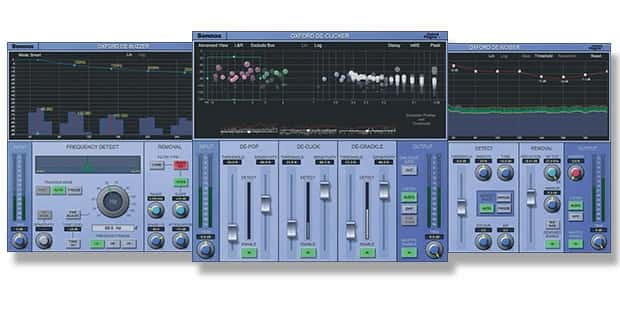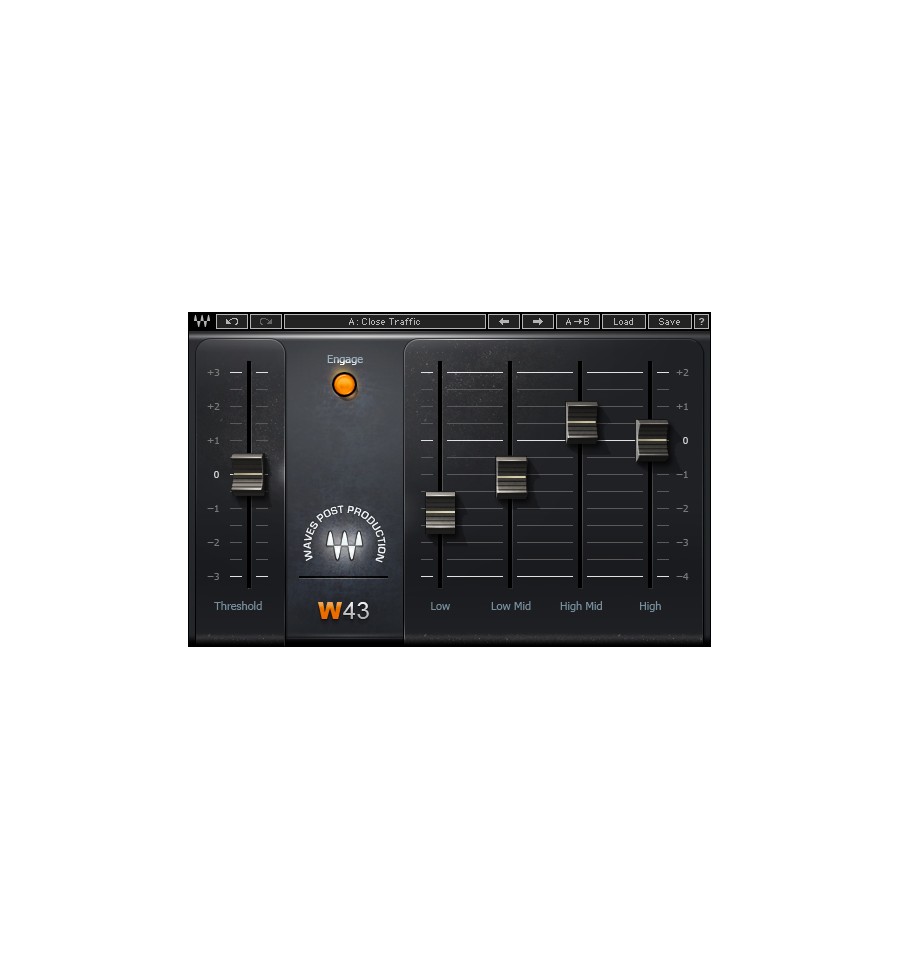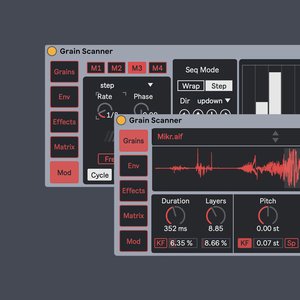


When the decay time is too long, reverb adds up, creating muddiness. Long tails happen when you add reverb carelessly. Reverb can quickly turn a boring sound into something that sounds professional.īut too much reverb on too many sounds has a cost. Let’s face it: we all love a bit of reverb. This will help get a smooth removal of unwanted noise. Pro-tip: with vocals, try setting the attack quite high (>40ms), and work your way down.
#LOGIC NOISE REDUCTION PLUGIN FULL#
In the context of a full mix, the little artifacts will be barely noticeable. Granted it isn’t perfect – but you can hear how the vocal already sounds closer. You can hear quite a lot of reverb between sentences. Let’s see how a noise gate can remove some of that reverb. It can also be the case that a sample you want to use has too much reverb. Room reverb occurs naturally in poorly-treated rooms. If you find that there is too much noise overall, then a noise remover might be a better option. But the static is still noticeable when the guitar plays. In this example, I exaggerated the static to show how the noise gate operates. It’s important to note here that a noise gate will not suppress background noise entirely. Notice the static noise doesn’t cross the threshold. Here we have a vocal take where the metronome bleeds from the headphones into the microphone: You can hear the metronome between sentences

Let’s look at some examples of how noise gates can help. Getting the perfect recording without noise is practically impossible. Breathing noises, a lyric page being turned, a knock on the microphone… So here are 5 ways you can use them! Suppress Noise in RecordingsĪs mentioned in the intro, noise gates are often used in live recordings.

But you can also use them in sound design too.
#LOGIC NOISE REDUCTION PLUGIN FREE#
If you’re in need of some samples to follow along, make sure to check out our free resources here! When To Use a Noise Gate?Īs mentioned, noise gates are traditionally used in mixing. Now that we’re familiar with the basics, let’s explore some use cases. You can adjust the ratio according to taste, avoiding your signal cutting out sharply. This is because we want to completely cut out the signal if it doesn’t cross the threshold. Ratio will often be set to “∞ : 1” or -100dB. Other settings such as ratio and knee might be available in your gate plugin. This is a useful setting to avoid the gate opening and closing in quick succession Hold is the amount of time the gate must remain fully open after the signal has dropped below the threshold.Threshold sets the level under which the signal’s gain should be reduced.Release is the time the gate takes to close after the signal drops below the threshold.In our case, the attack is the time it take the gate to open to let the audio through As with most plugins, attack determines how long the plugin takes to come into action. There are 4 main parameters that every good gate plugin should have: Parameters of a Noise GateĪlthough each noise gate plugin will have its own settings, most parameters are the same. Instead of limiting the signal above a threshold, it will keep the signal at 0 if it doesn’t cross that threshold. With makeup gain, you can then increase the perceived loudness of the quieter parts of the signal.īy contrast, a noise gate acts as the opposite of a limiter. A limiter (which is an extreme case of compression) will simply block the signal from going any higher than the threshold. If you are familiar with compressors and limiters, then a noise gate should be intuitive.Ī compressor will attenuate a signal by a certain ratio once it exceeds a threshold. However, you can use them in many other creative situations, as we’ll explore. It could also be unwanted hums and hisses due to saturation units. This could for example be during a recording (breathing noise, a click track, etc). In practice, noise gates are used to remove small unwanted noises. But hopefully, it helps paint a picture.) (I know this example isn’t perfect – it doesn’t capture concepts like attack and release. If you’re below the threshold, you’re out of luck. If you are above a specific height (threshold), you can pass and climb on the ride. Most rides will have a height restriction.


 0 kommentar(er)
0 kommentar(er)
